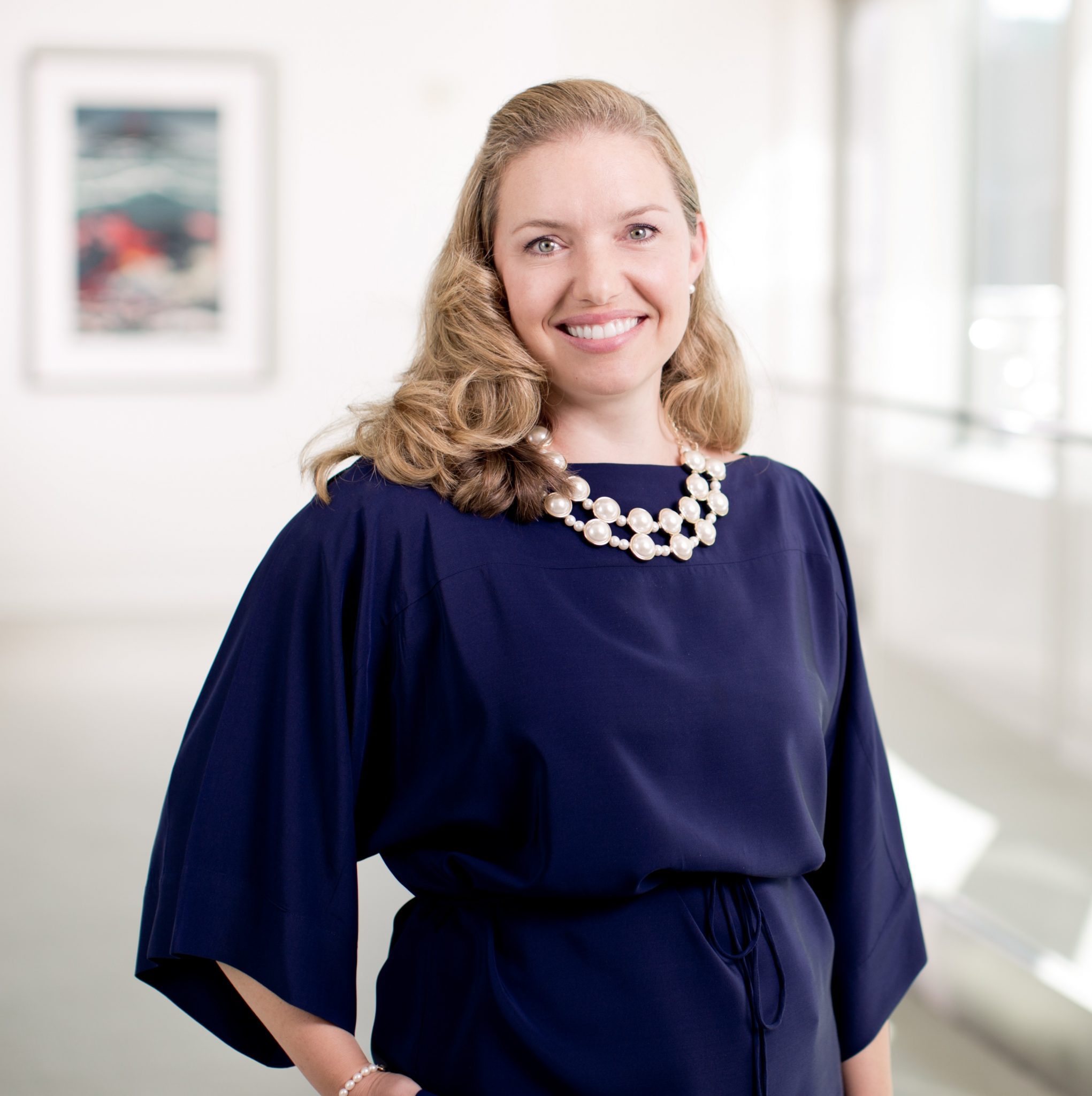The Spotlight on Flex showcases professionals from member organizations who exemplify personal and professional success while working a flexible schedule. Their stories illustrate the long-term benefits that flexible schedules offer to both individuals and organizations.
This month, we are pleased to share insights from Diana Roman Shaw, Counsel in the Washington, DC office of O’Melveny & Myers LLP.
 Diversity & Flexibility Alliance: How have you made flexibility a priority and a success with your career?
Diversity & Flexibility Alliance: How have you made flexibility a priority and a success with your career?
Diana Roman Shaw: Flex was something I started thinking about before I even started working in big law. Just before I began as an associate at O’Melveny, my husband and I agreed that even though I was about to become consumed by big law life, it was important that we try to sit down and have dinner together most nights. So when I started at the firm, I tried to plan each day with that goal in mind. If I knew I was going to be particularly busy one day, I’d come in very early to get ahead of the crush. I’d head home for dinner and start working again afterwards. By being organized and efficient, I was able to keep a promise to my husband that meant a lot to both of us.
Now that I’m a parent, the goal is slightly different – I try to plan each day to ensure my work doesn’t interfere with the time I spend at home with my children. I switched to a reduced hours schedule when I returned from my first maternity leave in 2012 (O’Melveny offers 18 weeks paid leave; I was able to add an additional six weeks of vacation time). My reduced hours schedule means I’m in the office between 9:30 am and 4:30 pm Monday through Thursday, and I work from home on Fridays (subject to client needs). I’ve been on this schedule for over three years (including a second six month maternity leave in 2015), and it’s allowed me to spend more time with my children during the week than if I had a typical 9 to 5 job. Work still has a way of spilling over into family time if you let it. To protect my mornings and evenings with my children, I often work a few hours before they wake up (yes, that means I’m up well before the sun) and after they go to bed. This helps ensure when I’m with my kids, I’m mentally present, engaged, and not thinking about work (and vice versa). It isn’t easy, but it’s worth it.
Read more

 Diversity & Flexibility Alliance: How have you made flexibility a priority and a success with your career?
Diversity & Flexibility Alliance: How have you made flexibility a priority and a success with your career?